Three billion years ago, Earth was a very different place.
-
Scientists in Astrobiology Awarded 2016 MacArthur Genius Grants
Two scientists from the California Institute of Technology (Caltech) who are members of the NASA Astrobiology Program have been honored as 2016 MacArthur Fellows.
Dianne Newman, Microbiologist
Dianne Newman, a professor of geobiology and biology at Caltech, focuses on the metabolisms of microbes that live in the absence of oxygen, looking at how they are able to produce energy and thrive in low-oxygen environments. Her research has included ancient bacteria able to use iron in place of water to photosynthesize, providing a possible explanation for the appearance of banded iron formations (BIFs), as well as re-identifying possible reasons for ...
Source: [MacArthur Foundation]
October 14, 2016 • Written by: Miki Huynh • Report issue
-
Methane Muted: How Did Early Earth Stay Warm?
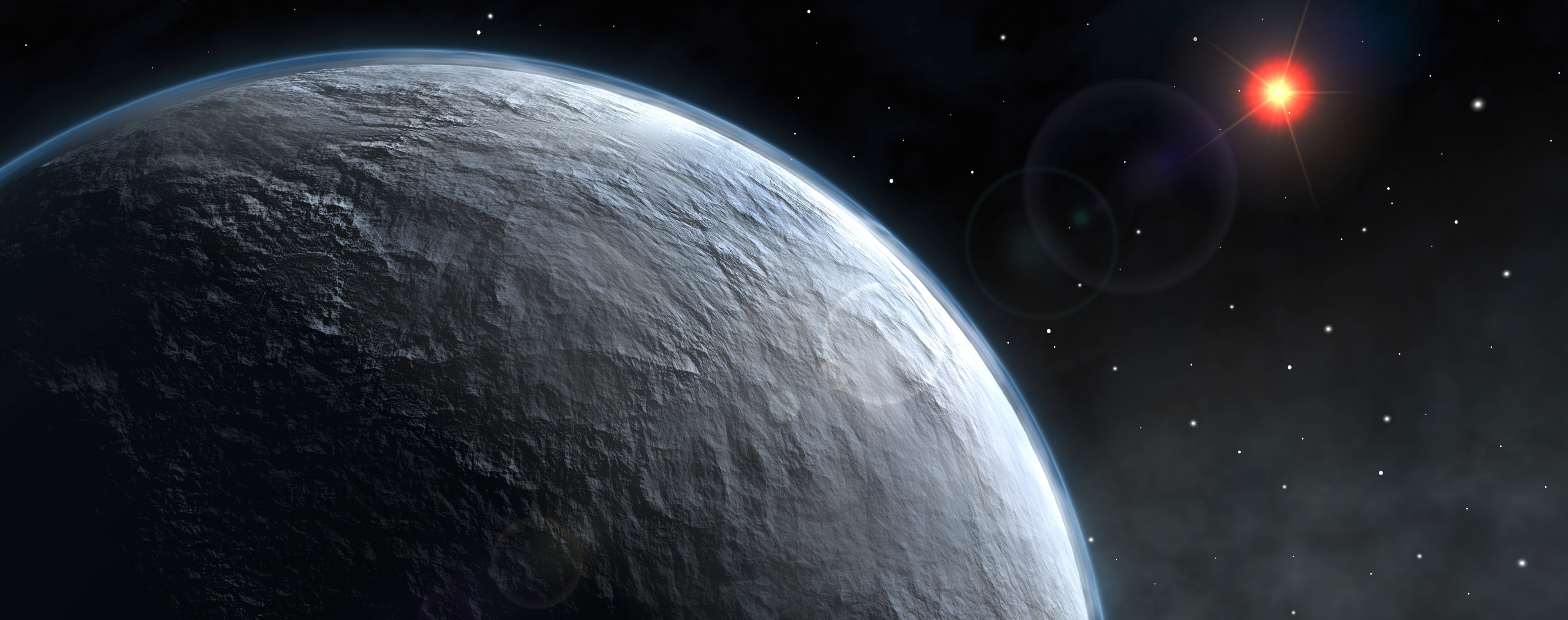
An artist’s depiction of an ice-covered planet in a distant solar system resembles what the early Earth might have looked like if a mysterious mix of greenhouse gases had not warmed the climate. Photo credit: European Southern Observatory (ESO) via Wikimedia Common.For at least a billion years of the distant past, planet Earth should have been frozen over but wasn’t. Scientists thought they knew why, but a new modeling study from the Alternative Earths team of the NASA Astrobiology Institute has fired the lead actor in that long-accepted scenario.
Humans worry about greenhouse gases, but between 1.8 billion and 800 million years ago, microscopic ocean dwellers really needed them. The sun was 10 to 15 percent dimmer than it is today—too weak to warm the planet on its own. Earth required a potent mix of heat-trapping gases to ...
Source: [University of California, Riverside]
October 13, 2016 • Written by: Sean Nealon • Report issue
-
Luis Campos Begins Tenure as Library of Congress Chair in Astrobiology
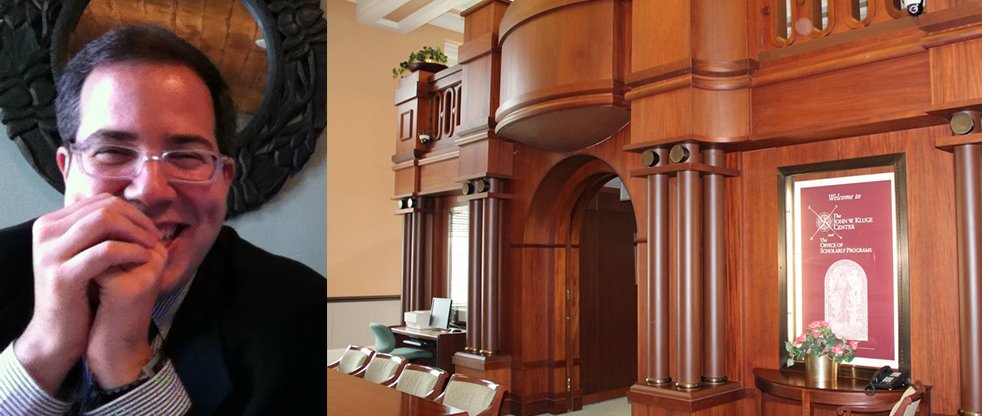
Dr. Luis Campos begins his tenure as the fourth Baruch S. Blumberg NASA/Library of Congress Chair in Astrobiology. Image sources: University of New Mexico/Library of CongressOn October 3, 2016, Luis Campos began his twelve month residency at the Kluge Center as the new Baruch S. Blumberg NASA/Library of Congress Chair in Astrobiology.
Campos plans to use the collection at the Library to explore the connection between astrobiology and synthetic biology. Synthetic biology seeks to engineer novel forms of life; astrobiology seeks to discover novel forms of life. Both are “fields deeply concerned with developing a comprehensive understanding of the full potential of living systems,” says Campos.
The appointment announcement from the Library of Congress was released on June 28, 2016.
Luis Campos will be ...
Source: [Library of Congress]
October 11, 2016 • Posted by: Miki Huynh • Report issue
-
Scientists Find Earliest Signs of Eukaryotic Shell-Making
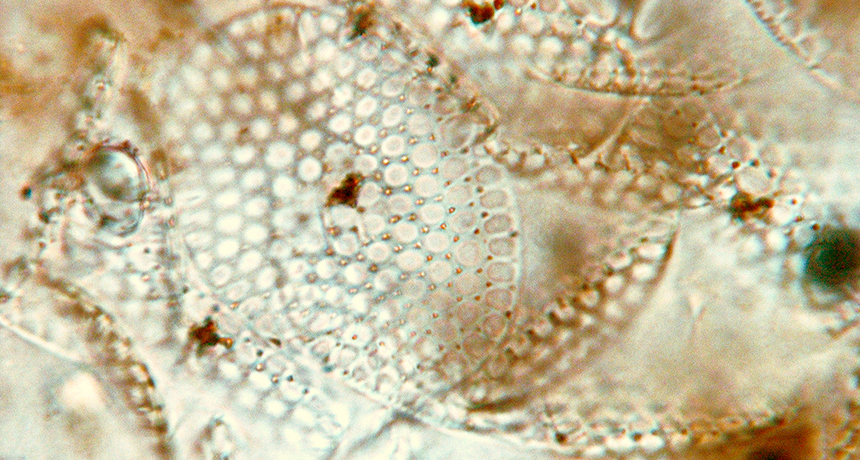
Fossilized eukaryotes dating roughly 809 million years ago show evidence of creating mineral shells. Credit: P. CohenOn September 27, 2016, paleobiologist Phoebe Cohen of the NASA Astrobiology Institute team at MIT presented a talk entitled “The First Appearance of Controlled Eukaryotic Biomineralization in the Neoproterozoic Fossil Record” at the Geological Society of America (GSA) Annual Meeting in Denver Colorado.
She spoke about the discovery of fossilized eukaryotes from the Fifteenmile Group of Yukon, Canada that showed evidence of an early form of biomineralization, when an organism produces minerals to build or harden structures like bone or tissue. The observed exoskeletal shells were made out of calcium phosphate, and Cohen’s team dated the fossils back to around ...
Source: [Science News]
October 05, 2016 • Written by: Miki Huynh • Report issue
-
The NAI Director's Seminar Series Presents: Bowling with Astrobiologists: A Twisted Path Toward the Origin of DNA
On October 3, 2016, the NAI Director’s Seminar Series presented Bowling with Astrobiologists: A Twisted Path Toward the Origin of DNA.
Presenter: Nathaniel Comfort (NASA/Library of Congress Chair in Astrobiology)
At the beginning, so runs the Zen saying, one sees mountains as mountains, and rivers as rivers. In 2015, it seemed a straightforward task to document the impact of recent developments such as genomics on origin-of-life research. It was to be—and will be—the first part of a book project on the biological, scientific, and cultural history of DNA. But then, a local conference attended by many luminaries ...
Source: [NAI Seminars and Workshops]
September 29, 2016 • Posted by: Miki Huynh • Report issue
-
The Art of Yellowstone Science
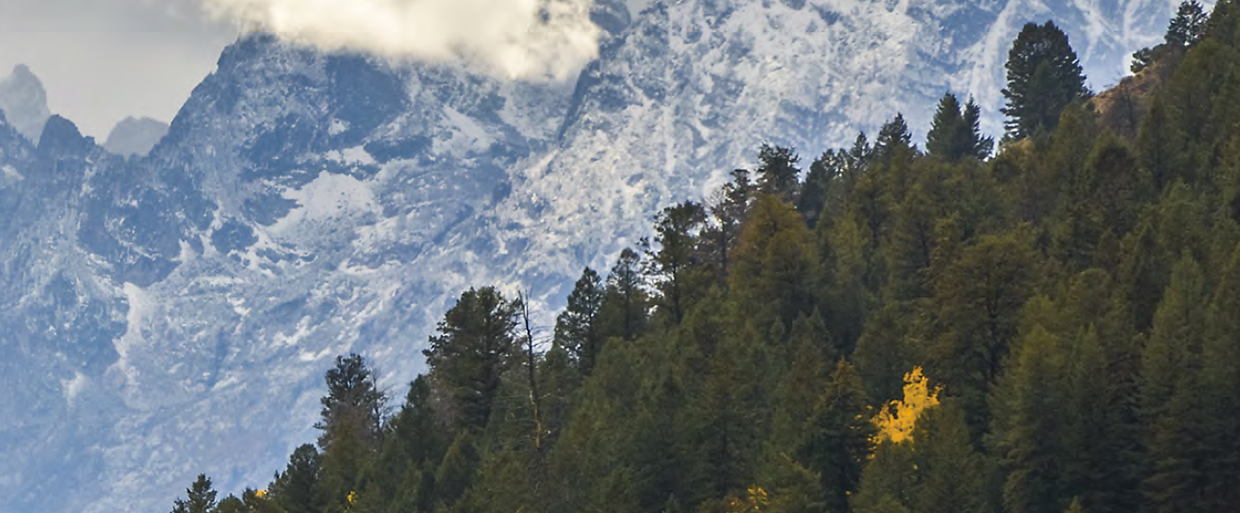
Image from The Art of Yellowstone Science. Credit: Tom Murphy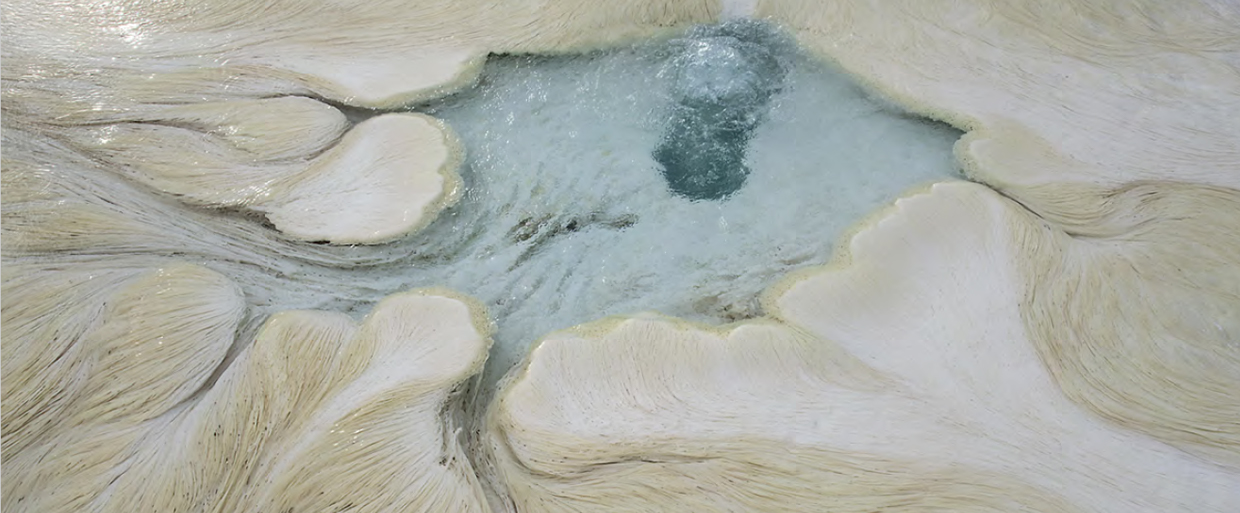
Image from The Art of Yellowstone Science. Credit: Tom MurphySeptember 23, 2016 • Posted by: Miki Huynh • Report issue
-
Astrobiologia - Uma Ciência Emergente
Published in August 2016 and authored by Douglas Galante, Evandro Pereira Da Silva, Fabio Rodrigues, Jorge Horvath, and Marcio De Avellar, Astrobiologia – Uma Ciência Emergente provides an introduction to astrobiology in Portuguese. The first issue gathers input from experts in different scientific areas and covers topics including research into the origins of life, the potentially habitable moons of our Solar System, and the discoveries of exoplanets.
More information and a free download of the first issue of Astrobiologia – Uma Ciência Emergente is available at: http://www.tikinet.com.br/iag/.
The Research Unit in Astrobiology (NAP-Astrobio) is ...

Source: [University of São Paulo NAP-Astrobio]
September 19, 2016 • Posted by: Miki Huynh • Report issue
-
NASA and the Navajo Nation
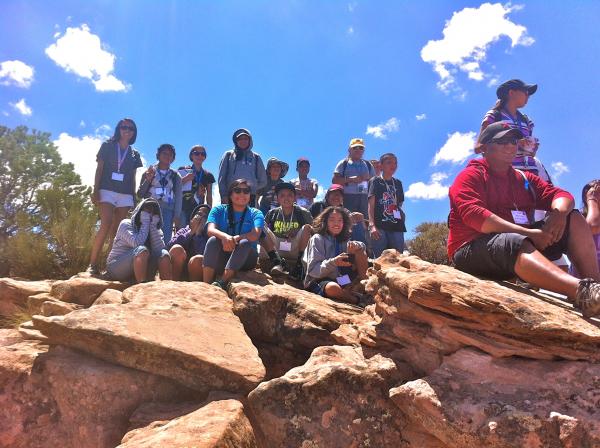
Students and counselors from NASA and the Navajo Nation project’s 2012 Summer Camp at Canyon de Chelly National Monument. Source: NASAThe NASA and the Navajo Nation project is a collaboration between NASA, as led by the NASA Astrobiology Institute, and the Navajo Nation, as represented by numerous organizations including the Diné Bi Olta School Board Association, Navajo Technical University, and the Navajo Nation Department of Diné Education. The project was started in 2005, and over the past 12 years two educator guides have been co-developed that bring together cultural and scientific knowledge, as well as workshops for teachers and camps for students.
A recent article in Indian Country Today details how the project got its start and shares the perspectives ...
Source: [Indian Country Today]
September 14, 2016 • Posted by: Miki Huynh • Report issue
-
Statement of Intent to Release a Cooperative Agreement Notice for the NASA Astrobiology Institute
The NASA Science Mission Directorate Planetary Science Division intends to release a Cooperative Agreement Notice (CAN) soliciting team-based proposals for membership in the NASA Astrobiology Institute (NAI) in January 2017. Step-1 proposals will be due around March 15, 2017, and Step-2 proposals will be due in early June 2017.
The NASA Astrobiology Institute was established in 1998 as an institution of scientific collaboration across disciplines, across organizations, and within and among its participating Teams irrespective of their geographic distribution. A large amount of reference material is available at the Institute’s website, http://nai.nasa.gov, which provides proposers with details ...
September 12, 2016 • Written by: NASA Science Mission Directorate • Report issue
-
Astrobiology Symposium: The Emergence of Life: On the Earth, in the Lab, and Elsewhere

The John W. Kluge Center presents “The Emergence of Life: On the Earth, in the Lab, and Elsewhere,” an astrobiology symposium, on September 15 from 9:00 a.m. to 4:30 p.m.
The emergence of life is among the most compelling questions in astrobiology. This symposium brings together scientists, humanists, and authors to explore what we know about the origins of life, how we came to know it, and what it means. Organized around the spaces in which we explore the origins of life—in terrestrial nature, in the laboratory, and on other planets—participants will each discuss ...
Source: [Library of Congress]
September 12, 2016 • Written by: Library of Congress • Report issue
-
Evening Launch Catapults OSIRIS-REx Toward Asteroid Encounter
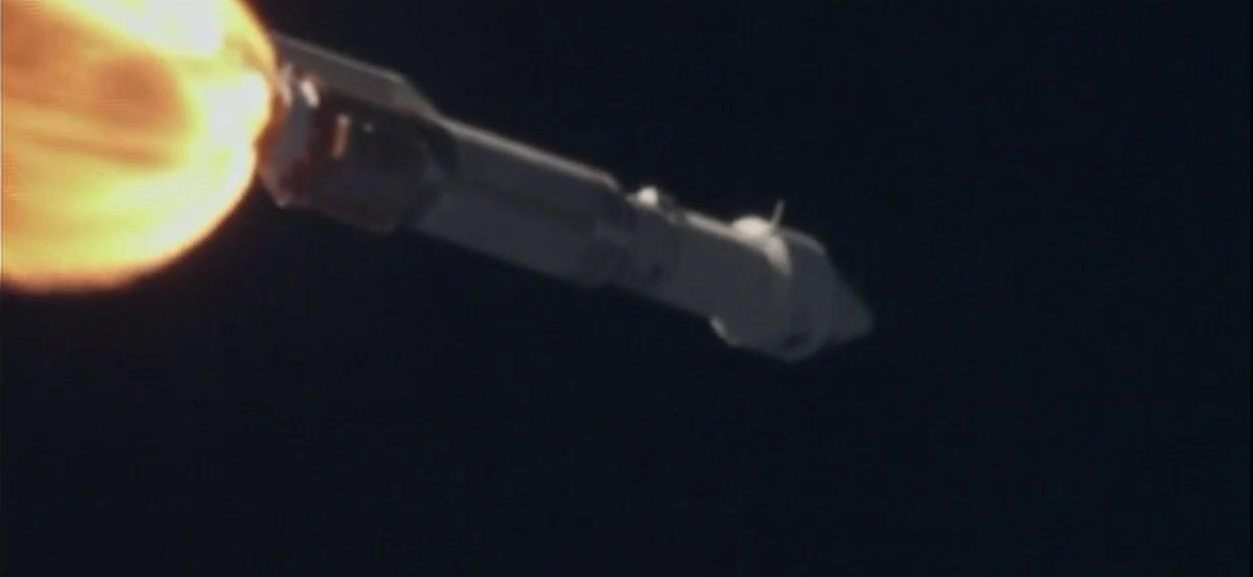
The Atlas V rocket launched successfully on September 8, 2016, carrying with it the OSIRIS-REx spacecraft on the first US mission to sample an asteroid, retrieve at least two ounces of surface material, and return it to Earth for study. Source: NASAAn Atlas V rocket traced a blazing arc into the Florida sky the evening of September 8, 2016 to send a small robotic explorer on its way to an asteroid on a mission that scientists anticipate will reveal answers to some of the basic questions about the solar system.
“Tonight is a night for celebration, we are on the way to an asteroid,” said Ellen Stofan, NASA’s chief scientist. “We’re going to be answering some of the most fundamental questions that NASA works on.”
Lifting off at 7:05 p.m. from Space Launch Complex 41 at ...
Source: [NASA's Kennedy Space Center, Florida]
September 09, 2016 • Written by: Steven Siceloff • Report issue
-
Opportunities and Obstacles for Life on Proxima B
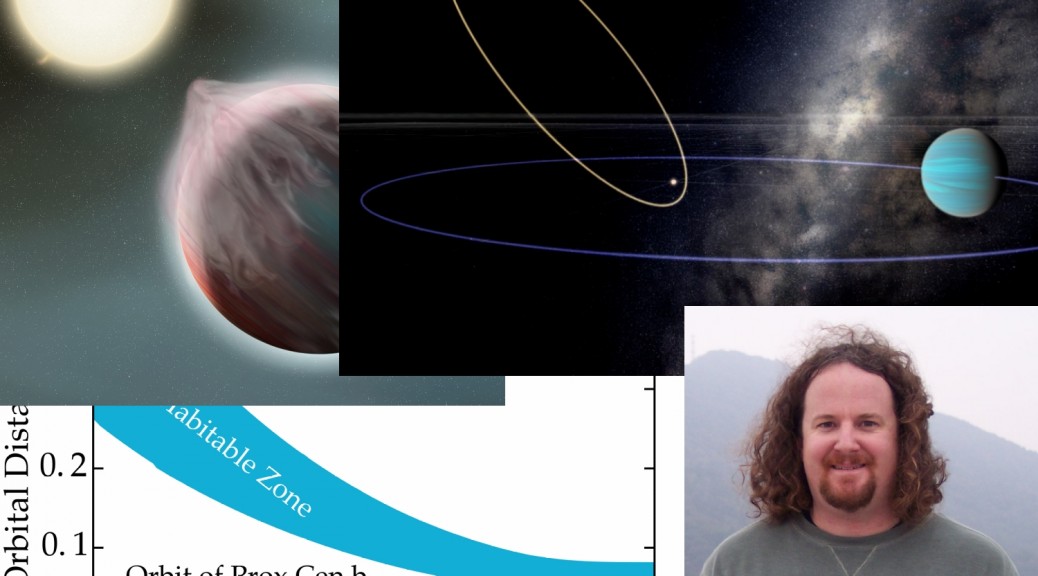
Source: Pale Red DotThe discovery of Proxima b is the biggest exoplanet discovery since the discovery of exoplanets. The planet is not much bigger than Earth and resides in the “habitable zone” of the Sun’s nearest stellar neighbor. This planet may represent humanity’s best chance to search for life among the stars. But is Proxima b habitable? Is it inhabited? These questions are impossible to answer at this time because we know so little about the planet. However, we can extrapolate from the worlds of our Solar System, as well as employ theoretical models of galactic, stellar, and planetary evolution, to ...
Source: [Pale Red Dot]
September 08, 2016 • Written by: Rory Barnes • Report issue
-
Cataclysm at Meteor Crater: Crystal Sheds Light on Earth, Moon, and Mars

New research at Meteor Crater shows extreme temperatures and pressures during the impact that created the crater 49,000 years ago. Image credit: Aaron CavosieIn molten sandstone extracted by prospectors a century ago, an international team of scientists has discovered microscopic crystals telling of unimaginable pressures and temperatures when an asteroid formed Meteor Crater in northern Arizona some 49,000 years ago.
The crystals, called zircons, have endured temperatures of 2,000 degrees Celsius or more, hot enough to melt any rock on Earth. In our planet’s crust, such temperatures occur only briefly inside impact zones, says Aaron Cavosie, a visiting professor in the NASA Astrobiology Institute’s Wisconsin Astrobiology Research Consortium team at the University of Wisconsin–Madison.
Zircons are tiny, phenomenally stable ...
Source: [University of Wisconsin-Madison]
September 02, 2016 • Written by: David Tenenbaum • Report issue
-
Before Animals, Evolution Waited Eons to Inhale

Earliest animals evolved in the mid to late Proterozoic Eon and lie deep in the fossil record. Depicted in the photo is an example of the Pteridinium genus. Credit: Douglas Erwin / National Museum of Natural HistoryEvolution may have been waiting for a decent breath of oxygen, said researcher Chris Reinhard. And that was hard to come by. His research team is tracking down O2 concentrations in oceans, where earliest animals evolved.
By doing so, they have jumped into the middle of a heated scientific debate on what rising oxygen did, if anything, to charge up evolutionary eras. Reinhard, a geochemist from the Georgia Institute of Technology, is shaking up conventional thinking with the help of computer modeling.
That thinking goes like this: “Atmospheric oxygen had a value of ‘x’ back then, and so we just ...
Source: [Georgia Tech]
August 31, 2016 • Written by: Ben Brumfield • Report issue
-
Implications of the Discovery of Proxima b

Artist's impression of the planet orbiting Proxima Centauri. Credit: ESO/M. KornmesserThe discovery of the new Earth-sized planet candidate in the habitable zone of the star Proxima Centauri, a little more than four light-years away, was announced by ESO on August 24, 2016. The press release followed weeks of speculation and was itself followed by a great deal of excitement. The research paper on the finding has now been published in Nature.
To date, Proxima b is the closest exoplanet to us within a Goldilocks zone, putting it in a prime location for future observations, though whether the planet is actually habitable or possesses any other Earth-like qualities is still uncertain ...
August 26, 2016 • Written by: Miki Huynh • Report issue



